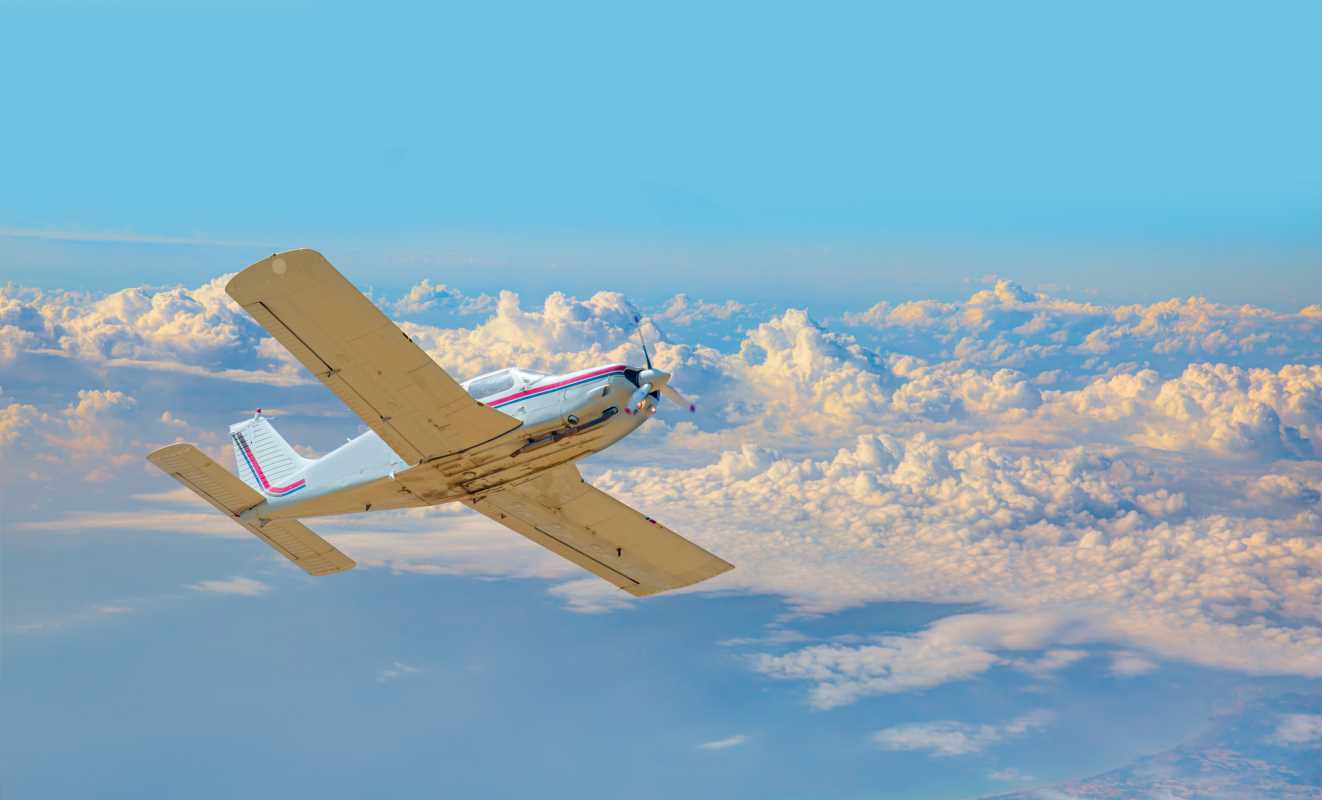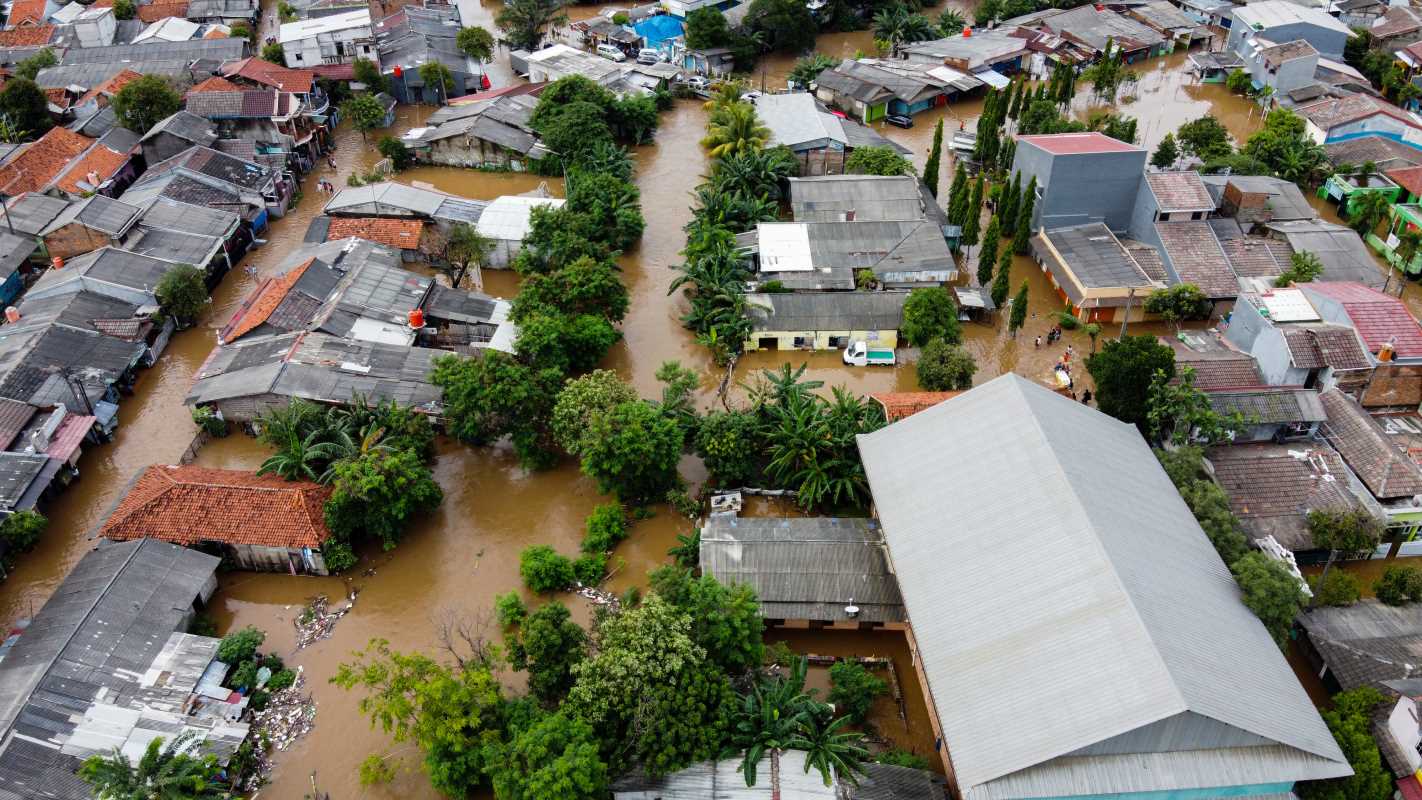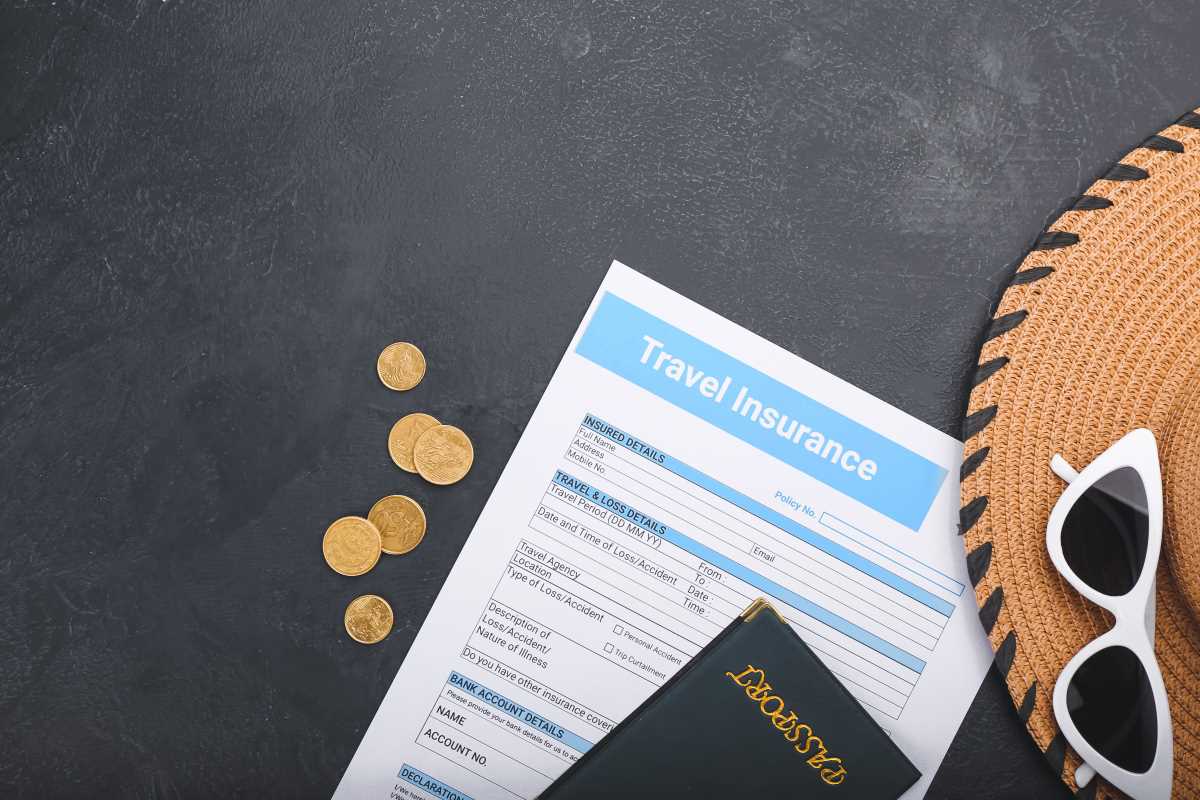Envision yourself gliding through the clouds in your personal aircraft or expertly maneuvering drones over breathtaking landscapes. For aviation enthusiasts, these exhilarating activities spark a deep passion but also come with inherent risks. Choosing the right insurance coverage is crucial for ensuring both safety and enjoyment, allowing you to explore the skies with confidence. Whether you're a seasoned pilot or a drone hobbyist, understanding aviation insurance is essential to protecting your investments and fully embracing your passion.
Understanding Aviation Insurance
Aviation insurance covers the unique risks associated with flying and operating aircraft. It offers financial protection against potential losses or damages that can occur during aviation activities. This type of insurance caters to a wide range of aviation enthusiasts, from private pilots to commercial drone operators.
Several types of aviation insurance are available, each tailored to specific needs. Here are the main categories:
- Aircraft Liability Insurance: Covers legal liabilities arising from accidents or damages caused by the aircraft.
- Hull Insurance: Protects the physical structure of the aircraft against damage or loss.
- Passenger Liability Insurance: Provides coverage for injuries or fatalities to passengers aboard the aircraft.
- Ground Risk Insurance: Covers damages that occur while the aircraft is on the ground.
- Drone Insurance: Specifically designed for drone operators, covering damages or liabilities associated with drone flights.
Key Insurance Tips for Aviation Enthusiasts
Choosing the right insurance coverage can be daunting, but these practical tips can help you make informed decisions:
- Assess Your Needs: Determine the type of aviation activities you engage in and the level of coverage required. Consider factors like aircraft value, usage frequency, and potential risks.
- Compare Policies: Look at different insurance providers and compare their offerings. Pay attention to coverage limits, exclusions, and premiums to find the best fit for your needs.
- Check for Specialized Coverage: Ensure that the policy covers specific aspects of your aviation activities, such as drone insurance if you operate drones for photography or other purposes.
- Understand the Terms: Carefully read the policy terms and conditions. Make sure you understand what is covered, what is excluded, and any additional endorsements you may need.
- Consult with Experts: Speak with insurance brokers or agents who specialize in aviation insurance. They can provide valuable insights and help tailor a policy to your specific needs.
Common Pitfalls to Avoid
When purchasing aviation insurance, it's easy to make mistakes that can leave you unprotected. Here are some common pitfalls to watch out for:
- Underinsuring Your Aircraft: Choosing a policy with insufficient coverage can leave you vulnerable to significant financial losses in the event of an accident.
- Ignoring Policy Exclusions: Failing to read the fine print can result in unexpected gaps in coverage. Always understand what is and isn’t covered by your policy.
- Not Updating Your Policy: As your aviation activities evolve, your insurance needs may change. Regularly review and update your policy to ensure it remains adequate.
- Overlooking Liability Coverage: Ensuring you have sufficient liability coverage is crucial to protect against legal claims and expenses arising from accidents.
- Failing to Compare Providers: Settling for the first quote without comparing other providers can result in higher premiums and less favorable coverage terms.
Cost Considerations in Aviation Insurance
The cost of aviation insurance can vary widely based on several factors. Understanding these elements can help you manage your insurance expenses effectively:
One of the main factors affecting insurance costs is the type and value of the aircraft. More expensive and complex aircraft typically require higher coverage limits and, consequently, higher premiums. Additionally, the usage of the aircraft plays a role; frequent flyers may face higher costs compared to those who fly occasionally.
Other factors include the pilot's experience and safety record, the regions where the aircraft will be operated, and the level of coverage selected. Policies with comprehensive coverage and higher liability limits will naturally cost more, but they offer greater protection against potential risks. It's essential to balance the cost with the coverage you need to ensure you are adequately protected without overspending.
Comprehensive aviation insurance protects enthusiasts’ passions and investments. Understanding coverage options and selecting the right policy ensures safe and enjoyable aviation activities.







